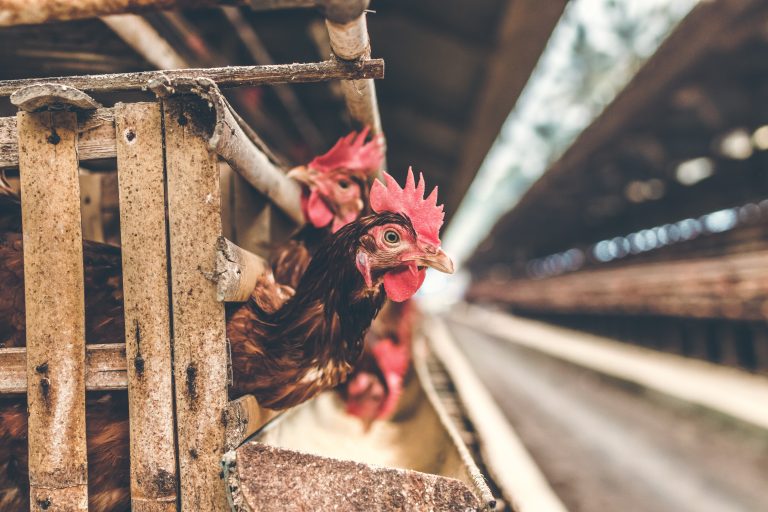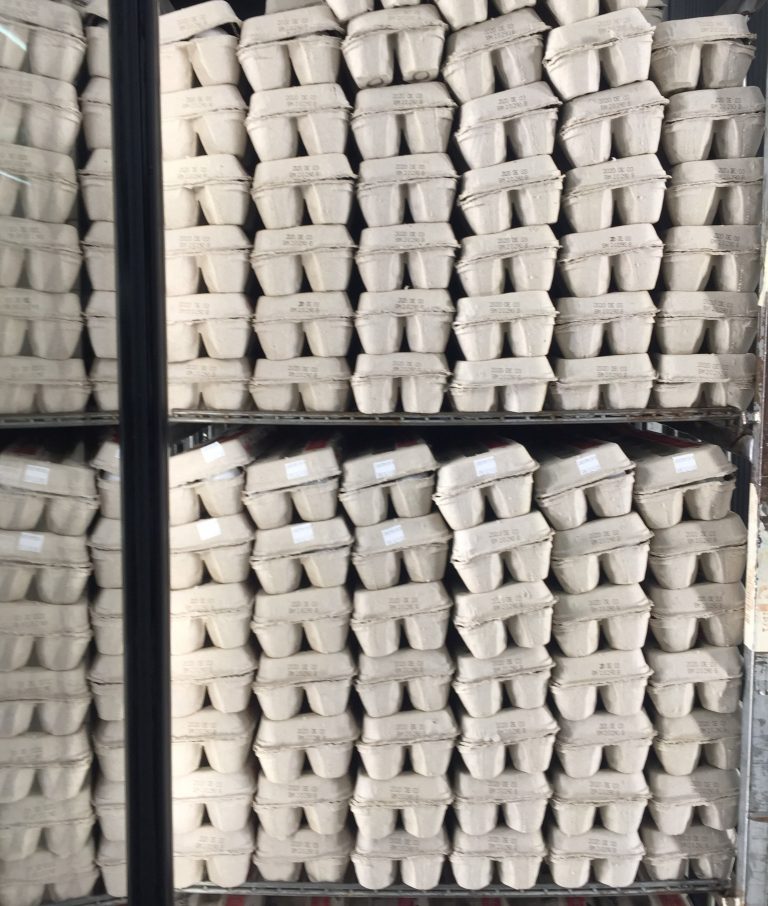Falling Rents in US Cities

Rents in Manhattan have fallen sharply in the past month. The median rent fell by 7%, marking the first time rents in the New York borough have decreased in over a decade. The decline in rents is due to a substantial decline in demand for housing. Recent months have seen large increases in unemployment, and a substantial shift in the share of people working and attending school remotely. Working remotely reduces the need to be close to school or work, allowing people to seek out lower cost alternatives further away from the city center, without facing the usual trade-off of a longer commute time. Indeed, many of the people leaving Manhattan are simply moving to the outer boroughs of New York. Rental searches in Brooklyn and Queens rose by 26 and 24 percent, respectively.
This phenomenon is not specific to Manhattan, either. This trend is occurring across the nation, primarily in larger cities like Miami, San Francisco, and Boston, as well as mid-sized cities like Orlando, FL. In addition to lower demand due to job loss and remote work, many are leaving cities due to the general lockdown of businesses. Part of the value of a location is the amenities that are nearby, i.e. stores, restaurants, entertainment venues. With many of these businesses closed or operating at limited capacity, renters simply don’t see the value of living in these neighborhoods, and are choosing to move to more affordable areas.
Questions/Discussion
- The articles cited above indicate that rents are falling fastest in the most expensive cities and among the highest priced rental units. Suppose rental housing is divided into two markets: luxury and affordable. Use supply and demand analysis to explain what you would expect to happen to the price of rental housing in the “affordable” market.
- In the short-run, the supply of housing is nearly perfectly inelastic. If the supply were more elastic, would you expect the price change to be larger or smaller relative to the price changes currently observed? Explain.
- Renters typically enter into a lease agreement requiring them to rent for a fixed amount of time, usually one year. How does that affect the elasticity of demand for rental units in the short-run? If renters were able to rent on a month-to-month basis, would you expect to see the price change by more or less than currently observed? Explain.
Sources: Forbes “Manhattan Rents Drop To Record Lows As Demand Plummets”; MarketWatch “Rents are softening nationwide — but here’s where they are falling the most”; CNN ‘Pandemic pricing’ is here. Rents are dropping across the US”













